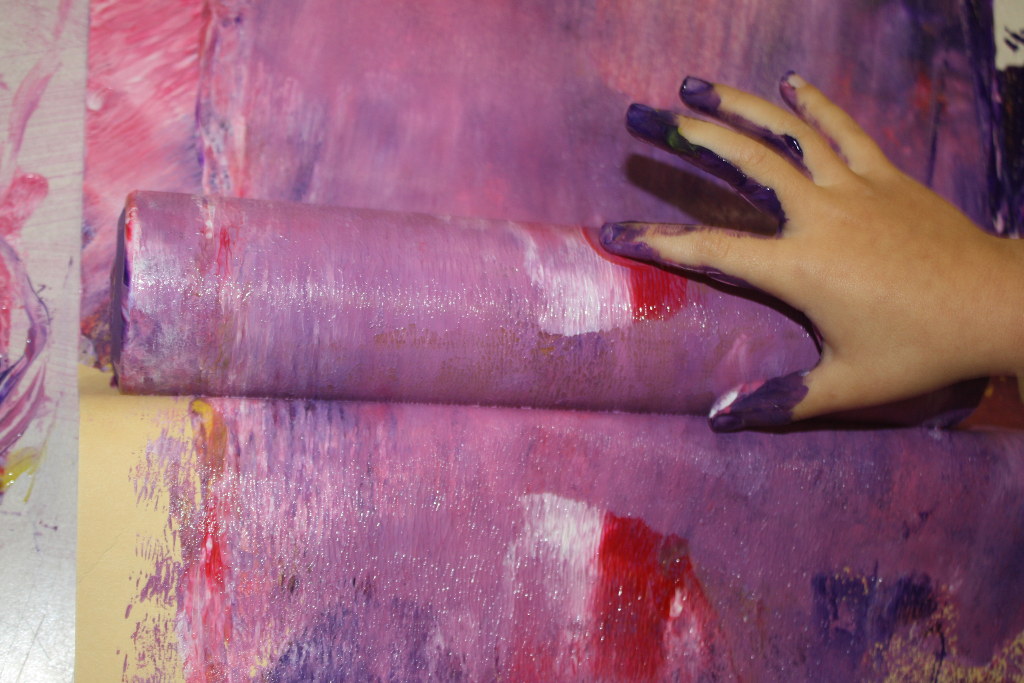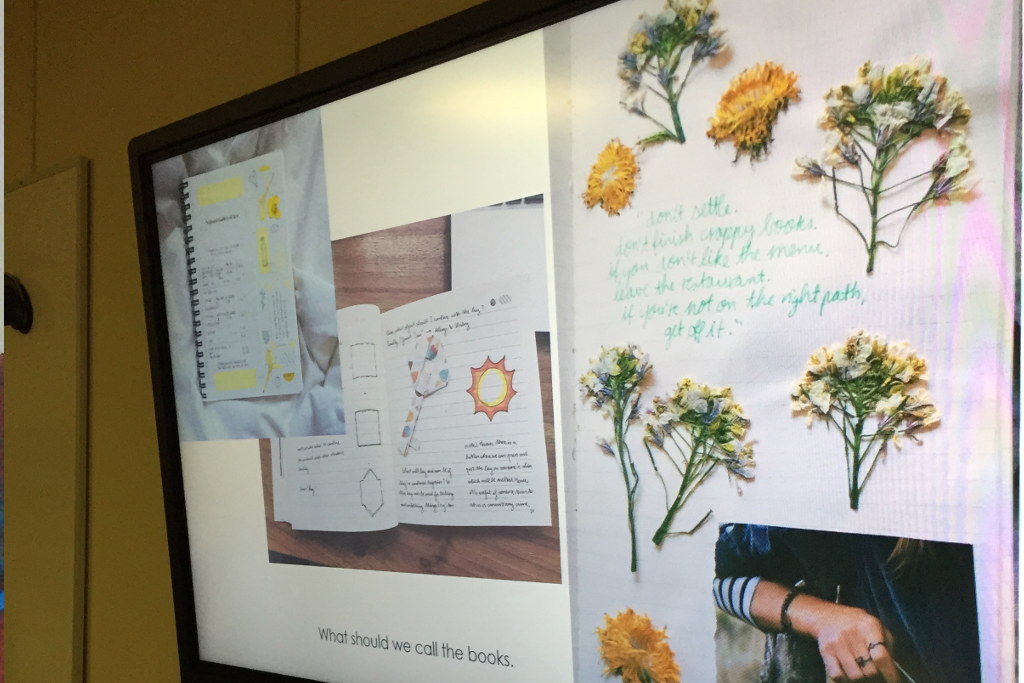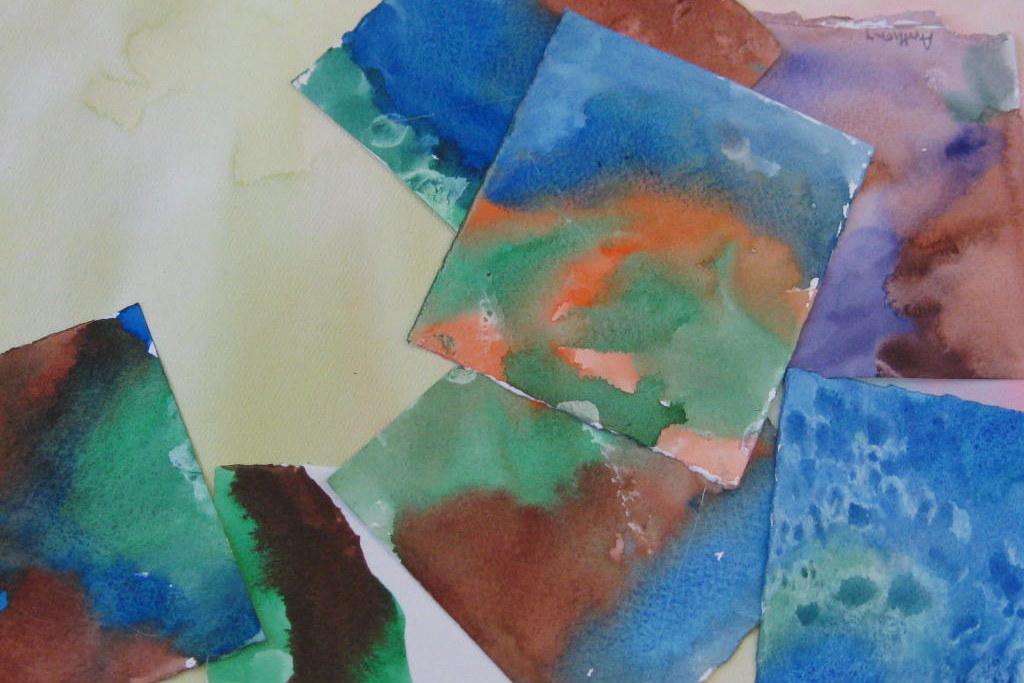Emergent Curriculum
Observing, noticing….

Emergent Curriculum begins with an openness to what children are actually doing, thinking, and saying. As educators, we observe children closely, and these observations can bring us to a habit of noticing – not just the obvious, but the underlying intentions, deep interests, challenges, and successes that children demonstrate during their play. With verbal children, it is important to ask about their theories of how the world works, and to seriously consider their responses.
Rather than immediately reacting to these observations, it is important to reflect carefully upon what we have seen before acting. Sometimes, this means discussions with co-teachers, and sometimes understanding comes from a more solitary quiet reflection. When we feel we have understood the meaning of children’s actions, conversations, theories or ideas, we then act in response.
A response can take many forms: Further conversations with the children, activities or materials that scaffold children’s learning, a change to an area of the classroom, project work, visits to places that will extend children’s experiences, or a visit from someone who knows about the topic. And always, we need a willingness to change direction if children’s ideas expand into unexpected territory.
Throughout this process, we document what is happening. There are many ways of doing this, but documentation almost always includes photographs of the process in action, transcripts of children’s words, and their representations of what they understand. These can be in the form of their drawings, models, mark-making, and so on. Traces of the child, together with the teacher’s thinking, add richness to pedagogical documentation.
Thus, there is a cycle of inquiry. That is, a continuous process of observation, reflection, response, and documentation. Emergent Curriculum and Inquiry-based practices allow us, as teachers, to be responsive, flexible, intentional, and inspired as we co-construct learning with young children.









